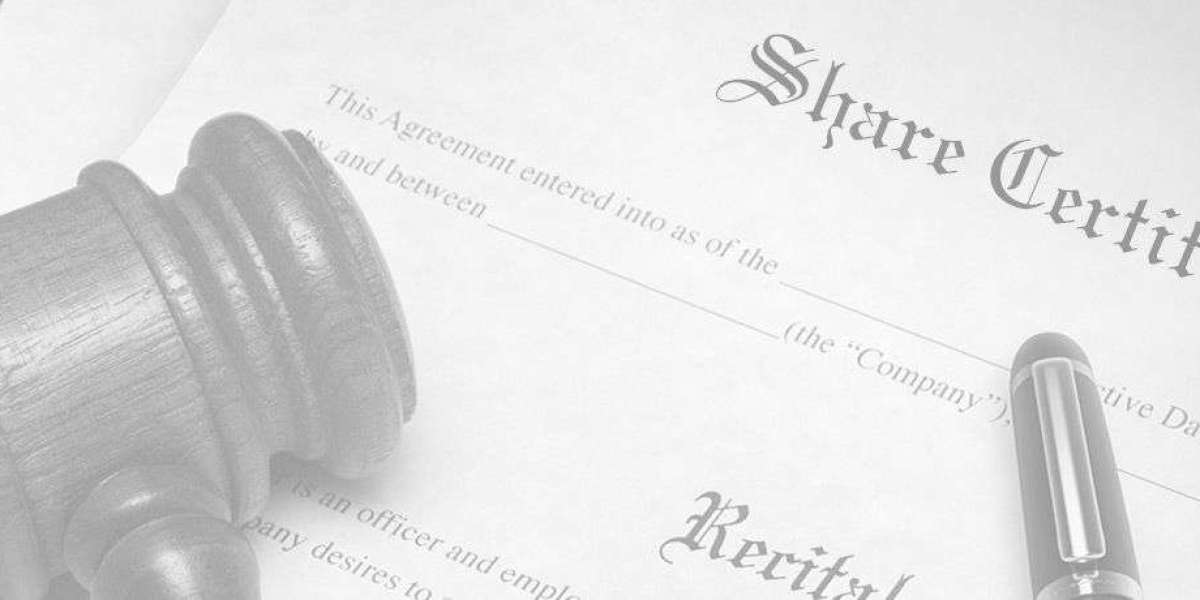When dealing with company ownership and equity distribution, two key terms often come into play: Transfer of Shares and Transmission of Shares. These concepts, though closely related, have distinct processes and implications. In this article, we'll explore the nuances of these terms, with a focus on the Transfer of Shares and its importance in business transactions.
Understanding the Transfer of Shares
What is the Transfer of Shares?
The Transfer of Shares is the voluntary process where a shareholder transfers their ownership rights of company shares to another person or entity. This transaction is typically initiated by the shareholder who intends to sell, gift, or otherwise transfer their shares.
Legal Framework for Share Transfer
The transfer of shares is governed by the company's articles of association and relevant legal regulations. In many jurisdictions, specific laws outline the procedure for share transfer, including the necessity of a share transfer agreement, the endorsement of share certificates, and the registration of the transfer in the company's share register.
Key Steps in the Transfer of Shares
1. Shareholder Agreement
Before initiating a transfer, it's crucial to review any existing shareholder agreements. These agreements may contain clauses that impact the transferability of shares, such as pre-emptive rights, which require existing shareholders to be given the first option to purchase the shares.
2. Share Transfer Agreement
A formal Share Transfer Agreement is essential for documenting the terms of the transfer. This agreement should outline the details of the transaction, including the number of shares, the purchase price, and any conditions or warranties involved.
3. Execution of Transfer
Once the agreement is in place, the next step involves the execution of the transfer. This typically requires the endorsement of the share certificate by the transferor and the submission of a duly filled share transfer form to the company.
4. Registration of Transfer
The final step in the process is the registration of the share transfer in the company's share register. The company then issues a new share certificate to the transferee, officially recognizing them as the new shareholder.
Transmission of Shares: A Different Perspective
While Transfer of Shares involves a voluntary transaction, Transmission of Shares occurs due to legal reasons, such as the death of a shareholder or insolvency. In transmission, shares are passed on to legal heirs or nominees, often following the directives of a will or court order. Unlike a transfer, transmission is not governed by the company’s articles of association but by legal statutes.
Why Understanding Share Transfer is Important
Ensuring Compliance
Properly understanding and executing the transfer of shares ensures compliance with legal requirements and protects both the transferor and transferee from potential disputes.
Impact on Company Ownership
The transfer of shares directly affects the ownership structure of a company. It's a critical process in mergers, acquisitions, and the sale of business interests. A well-executed share transfer can facilitate smooth business transactions and transitions.
Conclusion
The Share Claimers is a fundamental aspect of corporate governance, playing a crucial role in business transactions and ownership changes. For those navigating this process, understanding the legalities and procedures is essential to ensure a smooth and compliant transaction. Meanwhile, the Transmission of Shares serves as a reminder of the legal implications that come into play when shares are passed on due to unavoidable circumstances.








